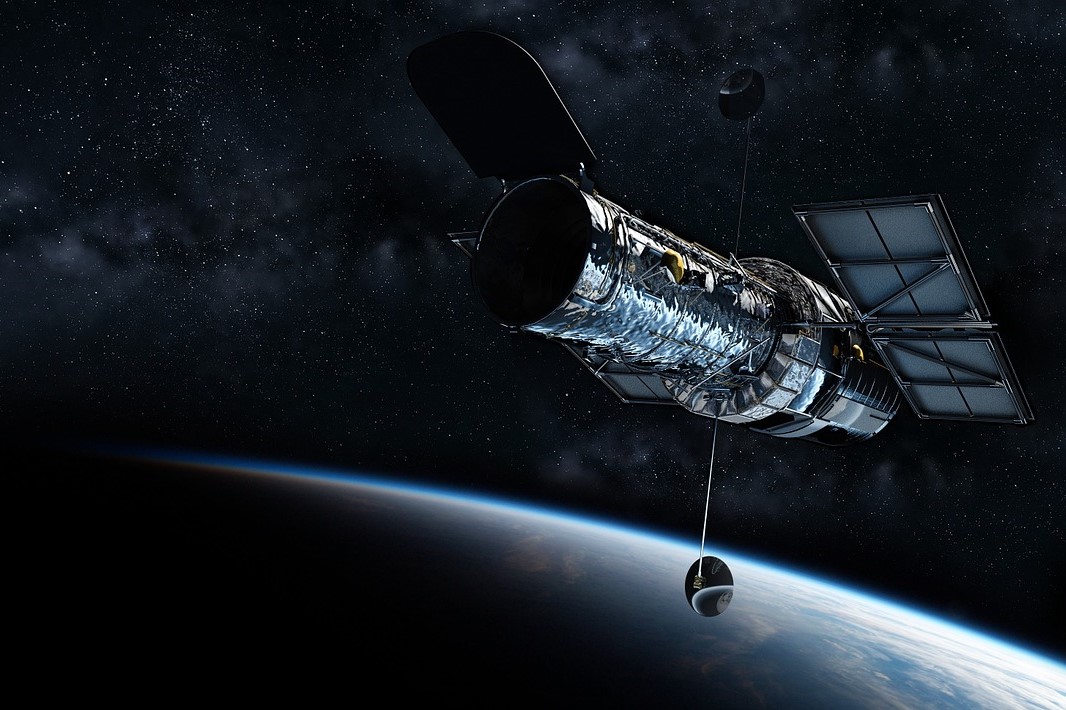10 surprises about our solar system
Remember those Styrofoam models of the solar system we made in elementary school? The solar system is even cooler than that! Here are 10 things you might not know.
1. The hottest planet isn’t closest to the sun.

Many people know that Mercury is the closest planet to the sun, well less than half of the Earth’s distance. It’s no mystery, therefore, why people would assume that Mercury is the hottest planet. We know that Venus, the second planet away from the sun, is on the average 30 million miles (48 million km) farther from the sun than Mercury. The natural assumption is that, being farther away, Venus must be cooler. But assumptions can be dangerous. For practical consideration, Mercury has no atmosphere, no warming blanket to help it maintain the sun’s heat. Venus, on the other hand, is shrouded by an unexpectedly thick atmosphere, about 100 times thicker than Earth’s atmosphere.
2. Pluto is smaller in diameter than the U.S.

The greatest distance across the contiguous United States – from Northern California to Maine – is nearly 2,900 miles (about 4,700 km). Thanks to the New Horizons spacecraft in 2015, we now know that Pluto is 1,473 miles (2,371 km) across, less than half the width of the U.S. Certainly in size it is much smaller than any major planet, perhaps making it a bit easier to understand why, in 2006, the International Astronomical Union changed Pluto’s status from major planet to dwarf planet.
3. George Lucas doesn’t know much about asteroid fields.
In many science fiction movies, spacecraft are often endangered by pesky asteroid fields. In actuality, the only asteroid belt we are aware of exists between Mars and Jupiter, and although there are tens of thousands of asteroids in it (perhaps more), they are quite widely spaced and the likelihood of colliding with one is small.
4. You can make volcanos using water as magma.

Mention volcanoes and everyone immediately thinks of Mount St. Helens, Mount Vesuvius, or maybe the lava caldera of Mauna Loa in Hawaii. Volcanos require molten rock called lava (or magma when still underground), right? Not really. A volcano forms when an underground reservoir of a hot, fluid mineral or gas erupts onto the surface of a planet or other non-stellar astronomical body. The exact composition of the mineral can vary greatly.
5. Almost everything on Earth is a rare element.

The elemental composition of planet Earth is mostly iron, oxygen, silicon, magnesium, sulfur, nickel, calcium, sodium, and aluminum. While such elements have been detected in locations throughout the universe, they are merely trace elements, vastly overshadowed by the much greater abundances of hydrogen and helium. Thus Earth, for the most part, is composed of rare elements.











